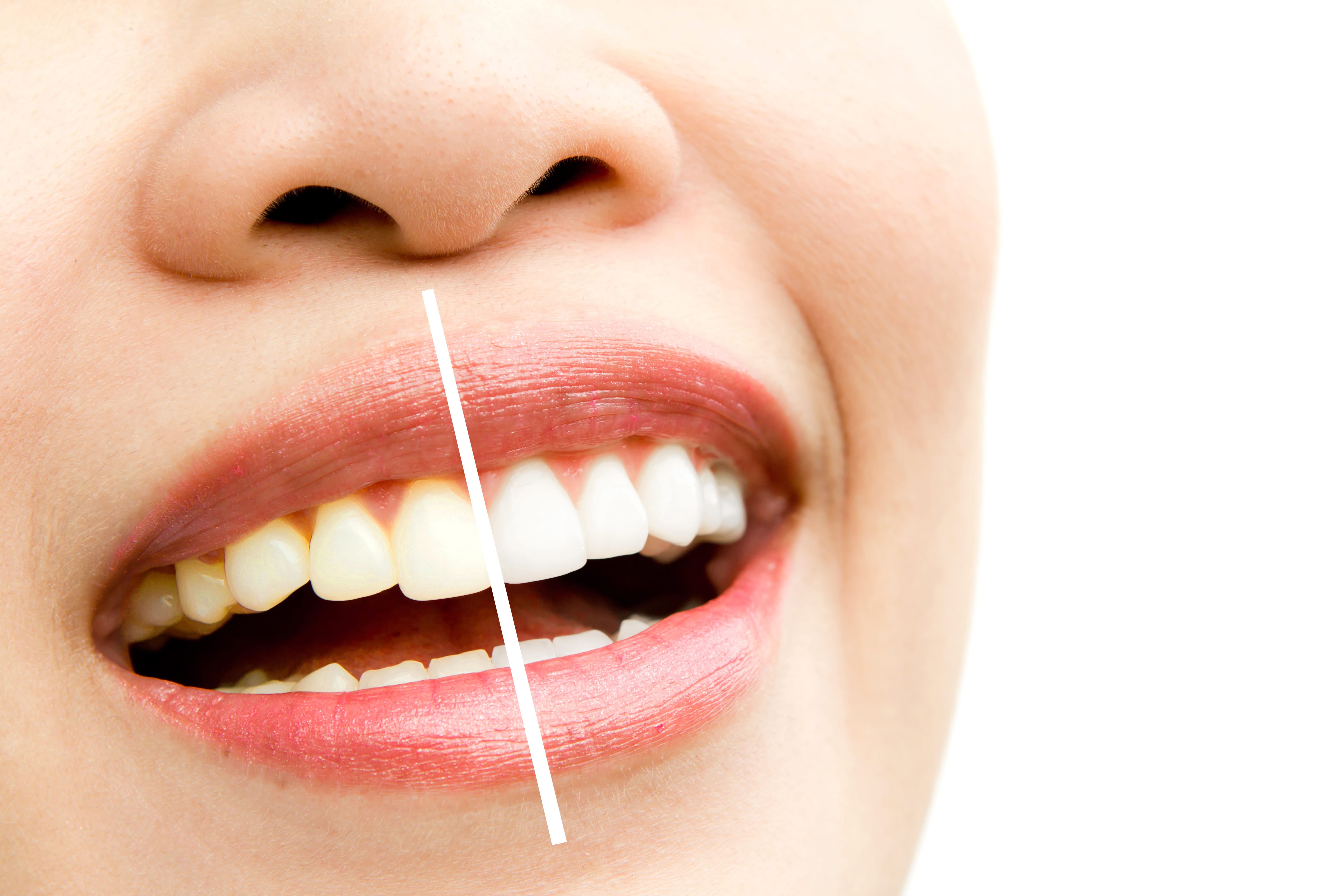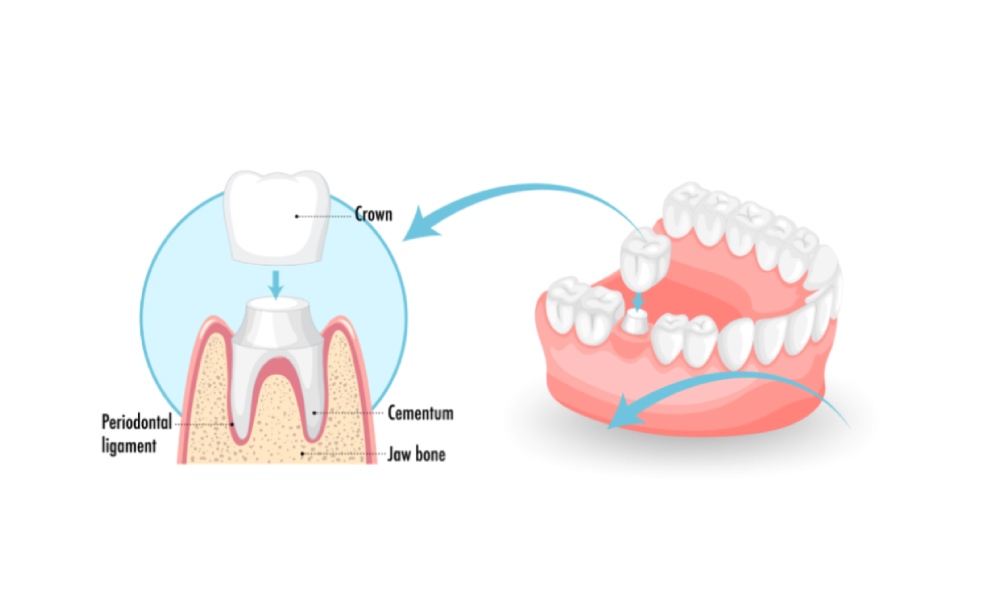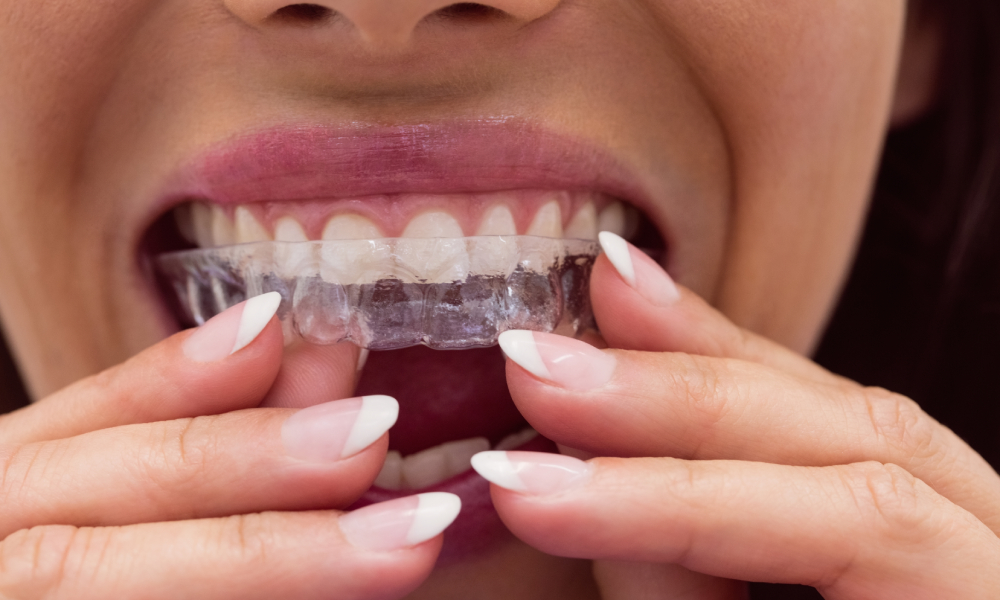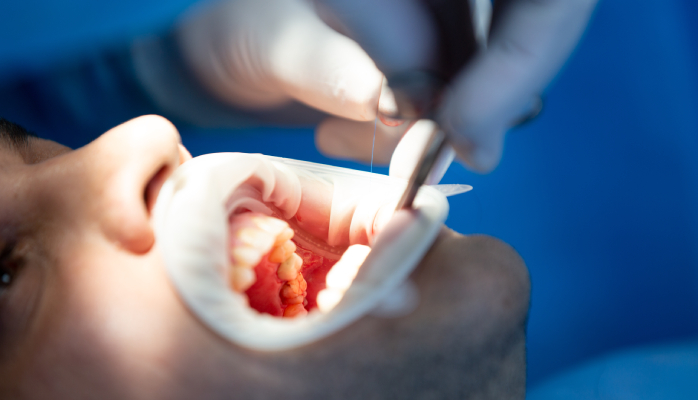Wisdom Teeth Removal – Everything You Need to Know
Wisdom teeth, also known as third molars, are the final set of teeth that usually emerge between the ages of 17 and 25. Located at the very back of the mouth, these teeth were once useful for our ancestors who needed extra chewing power for raw or tough foods. However, in today’s world, they’re often more problematic than helpful.
While some individuals may develop all four wisdom teeth, others might have just a few or none at all. When they come in correctly and have enough space, they can function like any other tooth. But often, wisdom teeth become impacted (trapped in the jaw or gums) or grow at the wrong angle, which can lead to several oral health issues.
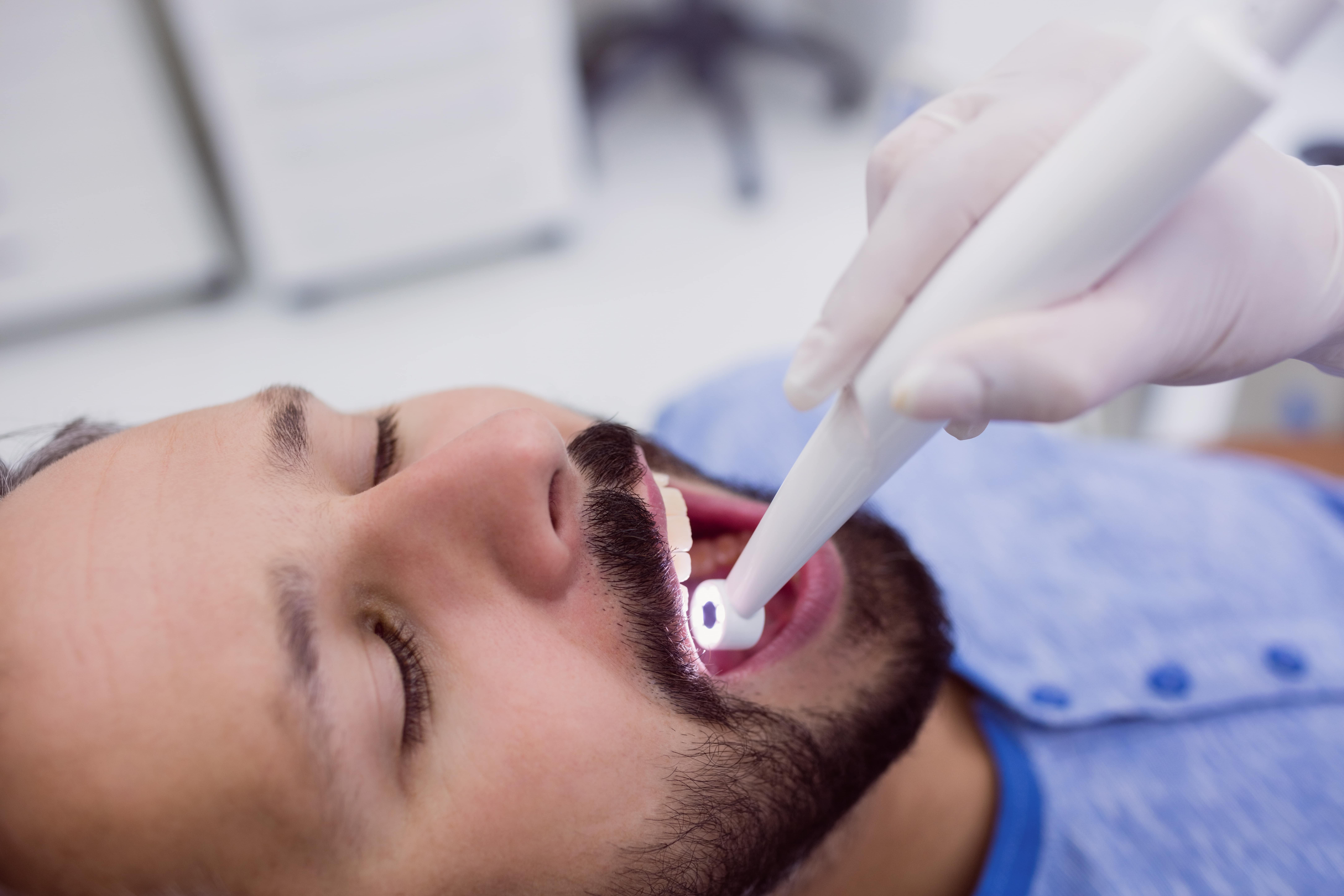
Common Problems Caused by Wisdom Teeth
Wisdom teeth frequently create complications due to the lack of space in the jaw. Here are some of the most common concerns:
- Tooth Crowding: The emergence of wisdom teeth can push adjacent teeth out of alignment, undoing years of orthodontic treatment.
- Pain and Discomfort: Impacted or partially erupted teeth can cause significant jaw pain, tenderness, and swelling.
- Gum Infections (Pericoronitis): Bacteria often collect around partially erupted wisdom teeth, leading to infections or pus-filled abscesses.
- Tooth Decay: Due to their hard-to-reach position, wisdom teeth are more prone to cavities.
- Cysts or Tumors: In rare cases, fluid-filled sacs (cysts) may form around impacted teeth and damage the jawbone or nerves.
- Complications with Dental Work: Wisdom teeth can interfere with ongoing or previously completed dental treatments.
Signs You Might Need Wisdom Teeth Removal
Not all wisdom teeth need removal, but extraction becomes necessary if they cause pain, infection, or misalignment. Common symptoms include:
- Pain near the back of the mouth
- Swollen or bleeding gums
- Difficulty opening your mouth
- Bad breath or unpleasant taste
- Jaw stiffness or earaches
- Crowding or shifting of nearby teeth
Early evaluation by your dentist ensures timely action and avoids future complications.
When Should Wisdom Teeth Be Removed?
Wisdom tooth removal is often recommended if:
- The teeth are impacted and painful
- There’s a risk of infection or gum disease
- They’re causing crowding or damaging other teeth
- X-rays show cysts or potential bone damage
- You're undergoing orthodontic treatment
Dentists often suggest preventive removal in the late teens or early twenties, as healing is generally quicker and easier.
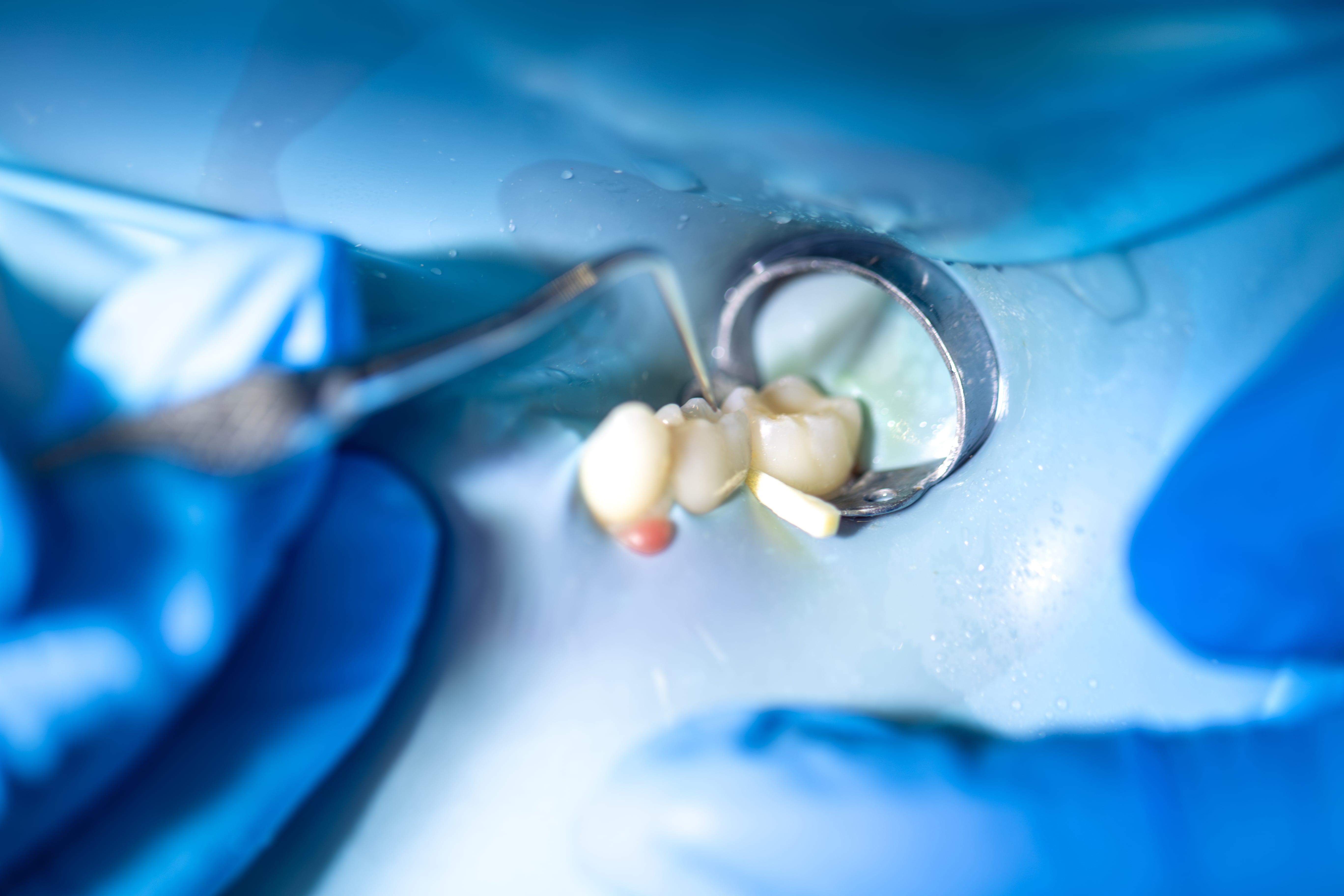
Types of Wisdom Tooth Extraction
Depending on the condition of your wisdom teeth, the dentist may recommend one of the following extraction methods:
Simple Extraction:
- Used when the tooth is fully erupted and visible
- Performed under local anesthesia
- Quick and minimally invasive
Surgical Extraction:
- Required for impacted or partially erupted teeth
- Involves incisions and possibly removing bone
- Performed under local, IV sedation, or general anesthesia
- Consume extremely hot or cold items immediately after crown placement if sensitivity persists
Your oral surgeon will determine the best approach based on your dental X-rays and overall oral health.
What to Expect During Wisdom Tooth Removal
Here’s a general overview of the extraction process:
- Anesthesia: Local or general anesthesia is given to ensure comfort.
- Accessing the Tooth: If the tooth is not visible, the surgeon will make a small incision in the gums.
- Tooth Removal: The tooth is loosened and extracted. It may be sectioned into smaller parts for easier removal.
- Cleaning the Area: The extraction site is cleaned to prevent infection.
- Stitches: If needed, the area is sutured.
- Gauze Placement: A gauze pad is used to manage bleeding.
Aftercare and Recovery Tips
First 24 Hours:
- Bite gently on gauze to control bleeding
- Avoid rinsing, spitting, or using a straw
- Apply cold packs to reduce swelling
Day 2 and Onward:
- Switch to warm compresses to ease swelling
- Begin gentle saltwater rinses
- Eat soft foods and drink plenty of fluids
- Brush carefully, avoiding the surgical site
What to Avoid:
- Smoking or using a straw (risk of dry socket)
- Hard, spicy, or crunchy foods
- Strenuous physical activities
Most patients feel significantly better in a week, but full healing can take a couple of weeks.
Risks and Complications
While wisdom tooth extraction is generally safe, some risks include:
- • Dry Socket: A painful condition when the blood clot dislodges from the socket
- • Infection: Can occur if bacteria enter the surgical site
- • Nerve Injury: Rare but can cause temporary or permanent numbness in the lip, tongue, or chin
- • Jaw Stiffness or Difficulty Opening Mouth: Temporary and treatable with medication
Your dentist will provide specific instructions and medications to minimize risks.
Final Thoughts
Not all wisdom teeth require removal, but if yours are causing discomfort or threatening your oral health, don’t wait. Early assessment allows your dentist to take preventive action before complications arise.
Schedule a consultation today and let our experienced dental team help you maintain a healthy, pain-free smile.
